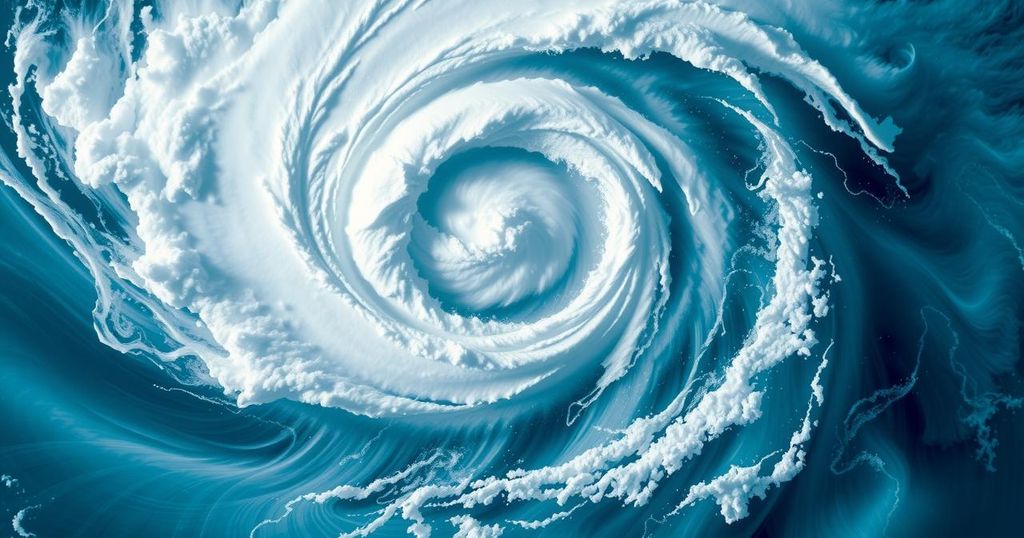Intense Tropical Cyclone Activity in the Southern Hemisphere

The Southern Hemisphere is presently experiencing notable tropical cyclone activity. Six cyclones are being tracked: Alfred, Seru, Rae, Honde, Garance, and Bianca. Cyclone Alfred poses a direct threat to Australia’s coast, while Honde and Garance are likely to impact Madagascar and Mozambique. Tropical cyclone energy levels are significantly elevated, and the cyclone season will soon transition as water temperatures cool.
Tropical cyclone activity is currently vibrant across the Southern Hemisphere, with the Joint Typhoon Warning Center monitoring six active cyclones. These include Cyclones Alfred, Seru, and Rae in the South Pacific, alongside Honde, Garance, and Bianca in the Indian Ocean. Despite the Northern Hemisphere being in winter and devoid of tropical threats, the Southern Hemisphere is fully engaged in its cyclone season.
Recent satellite imagery has illustrated cyclones ranging from the African coast, near Madagascar, to both coasts of Australia. Among these cyclones, Honde and Garance pose immediate hazards, particularly to Madagascar and Mozambique, where heavy rains and strong winds are anticipated. Meanwhile, Cyclone Alfred is the primary concern for Australia, with expected impacts on Queensland’s coastline soon.
Forecast models indicate that Cyclone Alfred could yield strong winds and substantial rainfall, raising risks of flooding and travel disruptions. Conversely, Cyclones Seru and Rae are projected to have minimal effects on significant landmasses. Data from Colorado State University reveals that tropical cyclone energy in the Southern Hemisphere is more than 138% above average, predominantly due to increased activity in the South Indian Ocean.
Tropical cyclone activity generally persists from November to April during the Southern Hemisphere summer and autumn. Australia has already faced the effects of numerous tropical cyclones this season, including Category 5 Cyclone Zelia, which interrupted iron ore mining operations along the Pilbara Coast. Despite the current cyclone activity, forecasts suggest that this will be the last significant wave of the season.
As water temperatures begin to decrease with the transition of the Sun back to the Northern Hemisphere post-equinox, the Southern Hemisphere cyclone season will conclude. The North Indian Ocean and western Pacific are poised to be the first to experience tropical cyclone activity as the Northern Hemisphere reaches summer, followed by the eastern Pacific and North Atlantic shortly thereafter.
In summary, the Southern Hemisphere is currently experiencing significant tropical cyclone activity, with six cyclones being monitored. Honde and Garance pose immediate risks to certain coastal areas, while Cyclone Alfred is a major concern for Australia. Despite the surge in cyclone energy being noted, meteorologists anticipate that this wave of activity will mark the end of the outbreak as conditions evolve into the Northern Hemisphere’s cyclone season.
Original Source: www.foxweather.com






